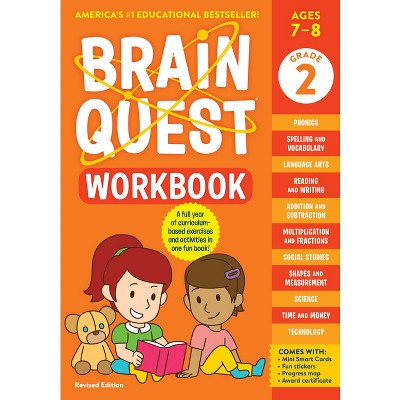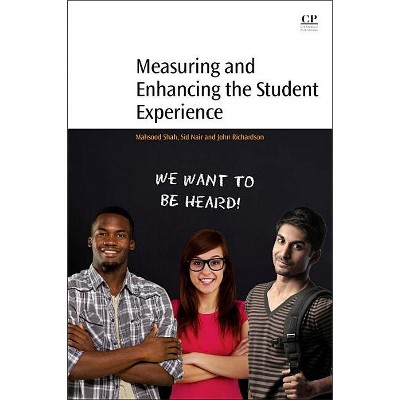Sponsored

Behavior Analysis in Higher Education - by Andresa A De Souza & Darlene E Crone-Todd (Paperback)
In Stock
Sponsored
About this item
Highlights
- This cutting edge, timely book is a primary resource for students, faculty, coordinators, and supervisors in the growing field of behavior analysis.
- Author(s): Andresa A De Souza & Darlene E Crone-Todd
- 398 Pages
- Education, Higher
- Series Name: Education
Description
Book Synopsis
This cutting edge, timely book is a primary resource for students, faculty, coordinators, and supervisors in the growing field of behavior analysis. This book acts as a single resource that pulls together the background, current status, and future directions related to the relevance of a behavior analytic approach to teaching, assessment, and supervision.
The authors collaborating in this volume are experts at various stages of career development and have a known presence in the field. This combination of theory driven, and high-caliber authors have collaborated to create a one-of-a-kind book drawing from backgrounds of diversity in terms of gender, areas of expertise, and geography. The recent pandemic has resulted in a pivot to remote learning and online supervision; this text will provide an important contribution in terms of understanding how to provide high quality teaching, supervision, and assessment in behavior analysis and among other areas. As the field is moving to increasing standards for programs that correspond to accreditation body standards, this book also provides timely information about how to prepare for this process including cultural competency and ethics, which guide our teaching and practice.
Review Quotes
Overall, this book makes a timely and useful contribution to the literature on teaching and training behaviour analysts at HE institutions. It covers a lot of basic ground, including some of the main behaviour analysis-based teaching methods that can be useful in Higher Education. It also covers ethics and cultural diversity, both very topical issues in the context of behaviour analytic interventions.
Prof. Dr. Karola Dillenburger
Director of the Centre for Behaviour Analysis
Queen's University Belfast
The book provides a thorough and much-needed account of behavior analysis in higher education. One of its greatest strengths lies in its meticulous scholarship. It not only traces the roots of behavior analysis but also identifies current applications in the higher education sector. Referencing seminal works and offering a modern critique is an excellent way to give readers a holistic understanding of the subject. It also promises to fill a void in the literature by focusing on higher education, a topic the authors see as largely unexplored. This adds to the book's originality and practical and academic significance.
The book's thematic organization into history, technology, teaching strategies, and professional foundations offers a well-rounded perspective, making it appealing to various domains. Whether it's academic scholars, educational practitioners, or even students in the field of behavior analysis, the book offers something of value for everyone.
Overall, the book promises to be an important contribution to the field of behavior analysis in higher education, with the potential for a wide-reaching impact.
Dr. Janet S. Twyman, BCBA, LBA-NY
Director of Innovation & Technology, Center on Innovations in Learning;
Founder, Blast: A Learning Sciences Company
The book is divided into four logical sections, each with a concise introduction to the content. Every chapter ends with a list of study questions, which instructors and students should find helpful for integrating active learning activities into the instruction. All of the chapters emphasize evidence-based practices despite limited research in many of the areas. The chapters are well-written. The authors are careful to define concepts, terms, and approaches for those who may be less well-versed in behavior analysis.
Dr. Dorothea C. Lerman, BCBA-D, LBA
Chair, Behavior Analysis Program
Director, Center for Autism and Developmental Disabilities
Department of Clinical, Health, and Applied Sciences
University of Houston

















